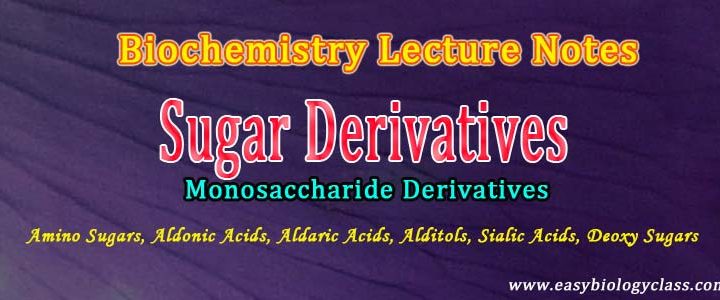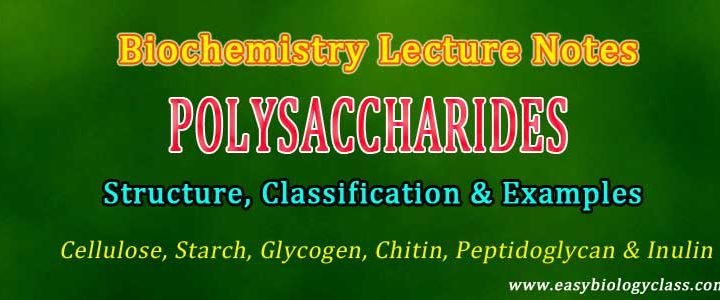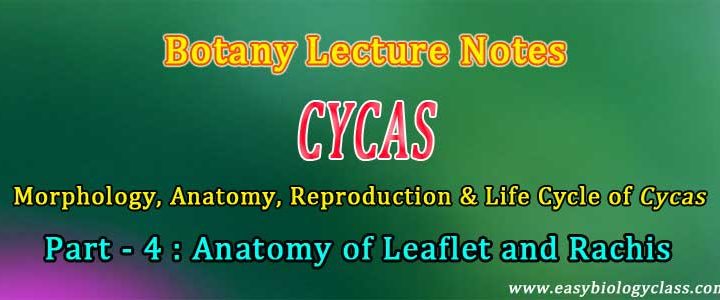What are Glycoconjugates? Polysaccharides and oligosaccharides act also as information carrier molecules. Informational carbohydrate is covalently joined to a protein or lipid to form glycoconjugates. As the name suggests, the glycoconjugates are conjugate (joined) molecules of carbohydrates other macromolecules such as proteins or lipids. The present post discusses the structure, […]
Continue ReadingGlycosaminoglycans: Structure, Examples and Functions (Biochemistry Lecture Notes)
What are Glycosaminoglycans? GAGS Glycosaminoglycans are the hetero-polysaccharides of Extra Cellular Matrix (ECM) of Cells. ECM is filled with a gel-like material and it is the ground substance which holds adjacent cells. ECM gives a porous pathway for nutrients and oxygen. Glycosaminoglycans are often denoted as GAGs. Glycosaminoglycans are unique […]
Continue ReadingMonosaccharide Derivatives with Examples (Biochemistry Lecture Notes)
What are Sugar Derivatives? Organisms contain a variety of sugar derivatives. Sugar derivatives are modified monosaccharides. In sugar derivatives, the monosaccharide molecules that have been modified with substituents other than hydroxyl groups such as amino groups, acid groups, phosphate groups, acetate groups etc. Natural sugar derivatives have important biological functions. […]
Continue ReadingPolysaccharides: Structure, Classification and Examples (Biochemistry Lecture Notes)
What are Polysaccharides? Carbohydrates with more than 20 monosaccharide units are called polysaccharides. Majority of carbohydrates in nature occurs as polysaccharides. Usually polysaccharides have hundreds or thousands of monosaccharide units. Monosaccharide units are joined by characteristic glycosidic bonds. In this post we will discuss the Structure, Classification and Examples of […]
Continue ReadingAnatomy of Cycas Leaflet and Rachis
Part – 4: Anatomy of Leaflet and Rachis <<< Part 3 — Part 5 >>> Anatomy of Cycas Leaflet Ø Cycas leaflet is with distinct midrib and lateral wings. Mid-rib is swollen and the wings are flattened. Margins of the leaves are revolute (curved downward) in Cycas revoluta. Ø […]
Continue Reading




